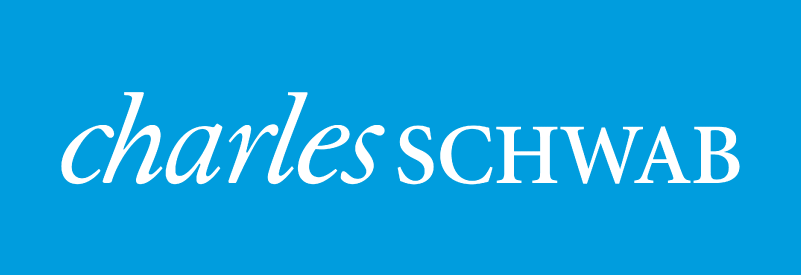Global equity markets, outside of China and Brazil, followed up a strong November with an encouraging December to finish out the year. The risk rally was clearly driven by optimism surrounding a rebound in corporate earnings and hopes for market friendly reforms in Washington. The importance of healthy earnings to bridge the gap of 2017 is high given the time and shape of new policies in Washington clearly fall more in the 2018 timeframe.
With regard to Washington, market friendly initiatives include lower business and individual tax rates, defense and infrastructure spending, financial and environmental deregulation, and an end to the Affordable Care Act (ACA). Opposing forces of uncertainty include the shape and long term impact of immigration policy reform, protectionist trade policies, domestic social policy, and unorthodox foreign policy. Ultimately, policy changes will enlist all three branches of government and require a great deal of time, thought, and compromise.
Key December Market Anecdotes:
- Central banks had a busy month. The Fed delivered a 25bps rate hike as expected and telegraphed three expected hikes in 2017, at odds with market expectations of just under two hikes in 2017. The ECB left rates alone but delivered a modified taper, extending the duration of QE through December 2017 but reducing the amount from €80b to €60b. A last QE hurrah? The BOE held firm on rates while the BOJ (Bank of Japan) maintained its QE with the yield curve control program intact and announced plans for a record $830b fiscal spending package.
- Italians voted an overwhelming “No” on a highly publicized referendum in early December. The “No” vote was essentially a referendum on Prime Minister Rezi who announced plans to resign from office after conceding defeat. The fate of several Italian banks immediately became unclear – political uncertainty prompted the ECB to reject Monte Paschi’s request for an extension to January 20th to complete their plan to raise rescue financing.
- WSJ Dollar Index touched its highest closing value in more than 14 years. The U.S. dollar has moved sharply against both the Yen and Euro – the Euro hitting its lowest level against the U.S. dollar since 2003 during the month.
- Mark Constantine (@vexmark) noted that at 8.8 million barrels a day, US pumps almost as much crude as two years ago, with just a third of the rigs it operated at the peak.
- University of Michigan’s consumer sentiment survey hit its highest level in 12 years and the Conference Board’s measure of consumer confidence was a monster (113.7), rising to its highest level since August of 2001.
- Evercore ISI thinks, even using the speediest process available (special budget reconciliation), it could take until August to achieve any legislative priority in Washington. While the 3.8% tax on investment income could end immediately, resulting in $65b of stimulus, more comprehensive tax reform will most likely be a 2018 boost. It took Regan almost two years after winning 49 of 50 states to pass the 1986 tax reform.
December Economic Anecdotes:
- Inflation benchmarks of PCE and CPI are trending slightly higher at 1.4% and 1.7% respectively (1.6% and 2.1% core readings).
- December was the 75th straight month where employers added jobs, extending the longest such streak on record dating back to 1939. Unemployment has fallen from 10% to 4.7% over the past 8 years. Year over year wage growth of 2.9% is the highest since May 2009 and the 12 month average wage growth is up to 2.6%, the highest since February 2010.
- The ISM manufacturing index registered a healthy 54.7 in December, the best reading in a year while the non-manufacturing index printed a 57.2, beating expectations of 56.8.
- December auto sales came in at an 18.13mm annual rate which made December the best month for auto sales since July 2005!!!




Leave a Reply